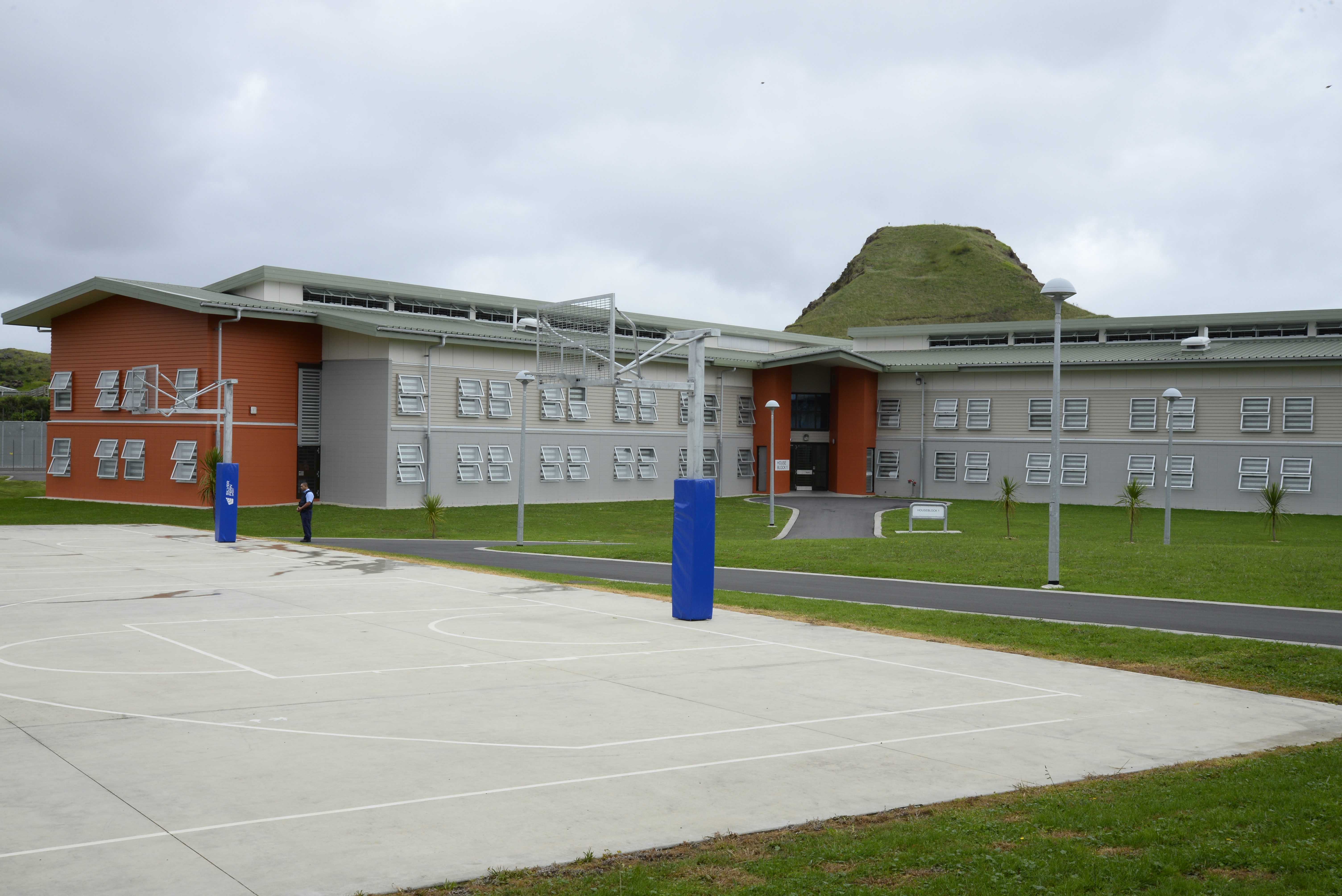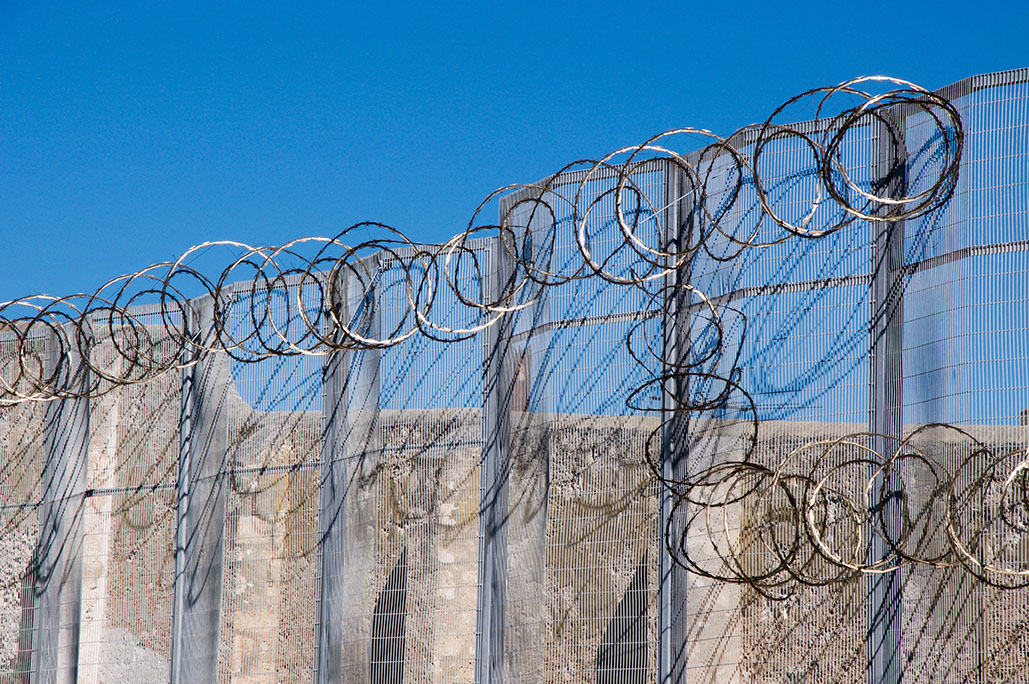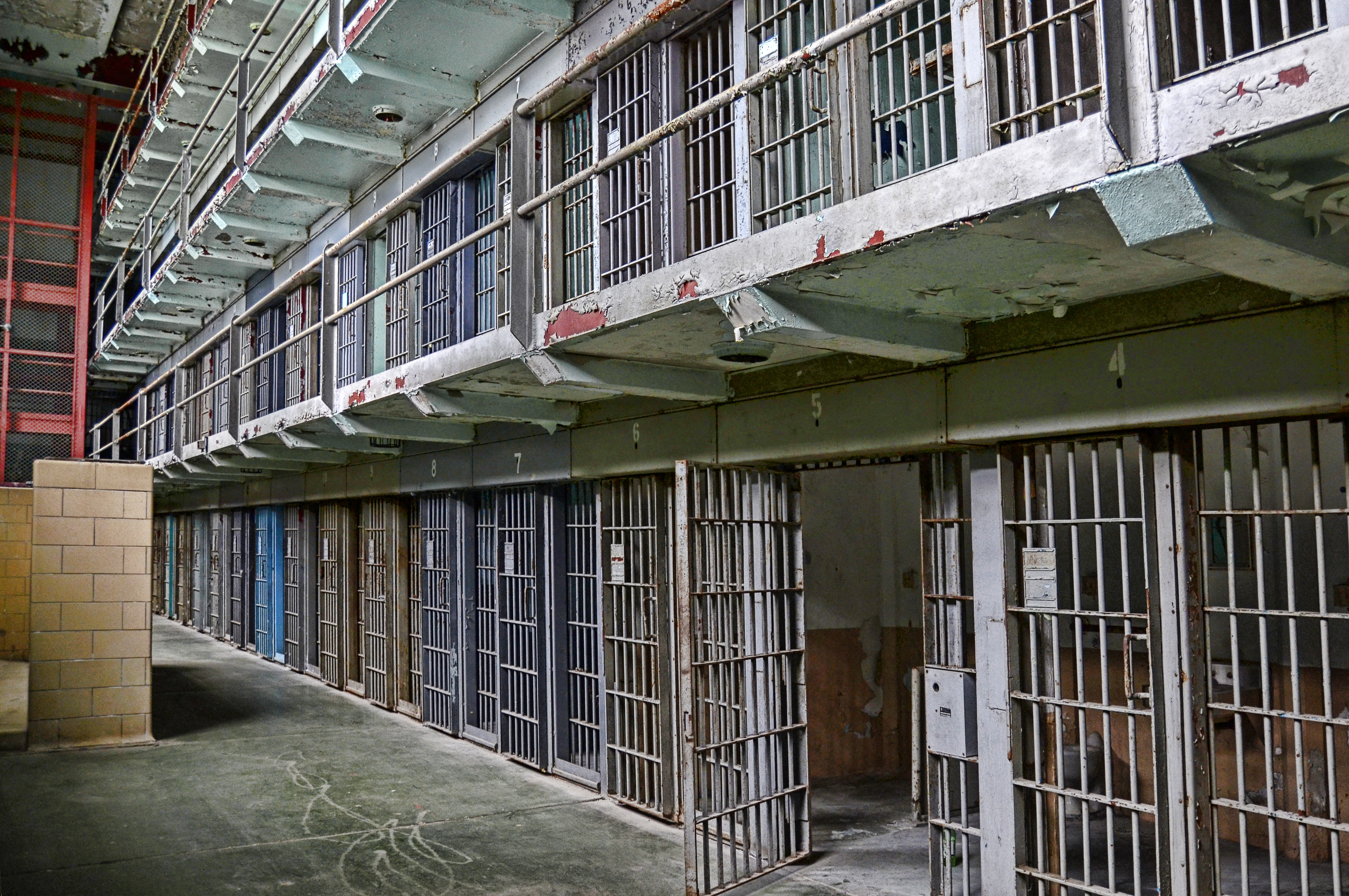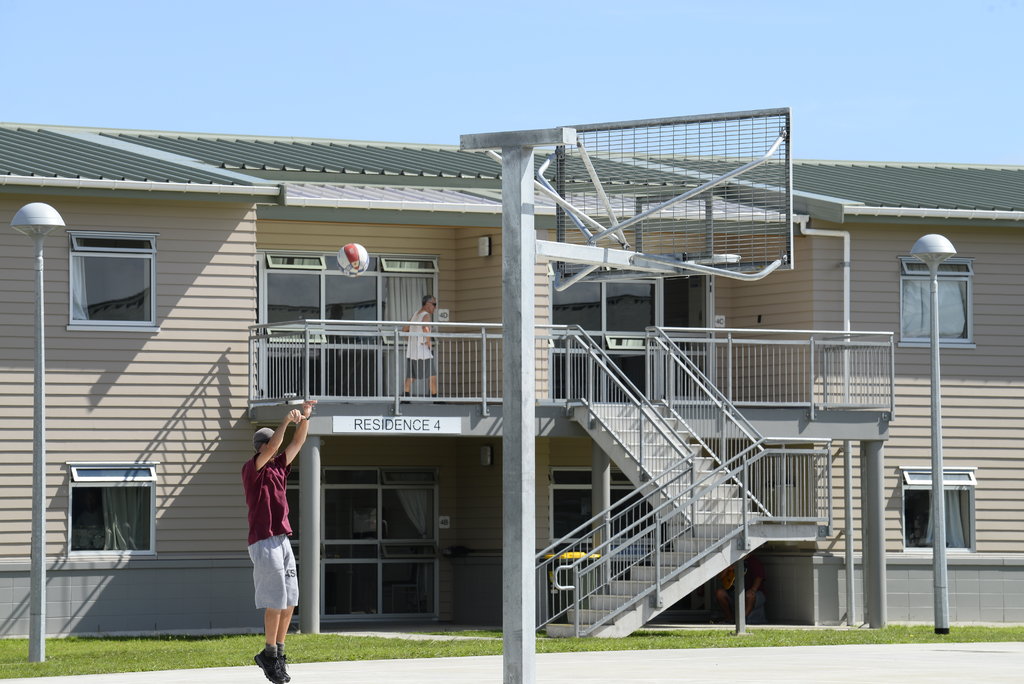
While writing Inside Private Prisons: An American Dilemma in the Age of Mass Incarceration, journalist Lauren-Brooke Eisen found that the United States' experiment with private prisons has largely failed. A lack of industry transparency, accountability, and other factors demonstrate little evidence that private prisons produce better outcomes than public prisons for the incarcerated people behind their bars.
Other countries, including New Zealand and Australia, have begun to experiment with new private prison contracts aimed at reducing recidivism (the number of people who return to incarceration). Though the contracts are complex, the core principle is simple: allow the private sector to innovate to reach a public policy outcome. In this case, that outcome is cutting recidivism. Eisen examined the programming, design, and accomodations of two prisons, Ravenhall and Auckland South Correctional Facility, to see what kind of effect these innovations might have.
Are attempts at humanizing the facilities the right ones? Are they enough? Do recidivism rates as a metric truly tell the full story?







